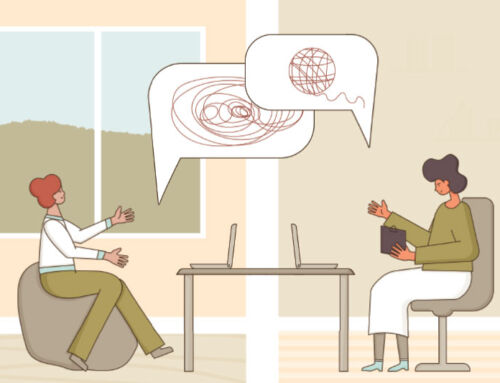The Impact of Childhood Trauma: How Accelerated Resolution Therapy Can Help Re-Shape Traumatic Memories
Recently, ten of Aspire Counseling Group’s clinicians were trained in Accelerated Resolution Therapy (or ART). As a newer therapy that uses eye movements, much like EMDR, ART combines the enormous power of eye movements with other well-established therapies like Gestalt, Psychodynamic Therapy, and Guided Imagery, allowing clients to replace negative images and cognitions in their minds that cause symptoms.
One helpful aspect of ART is that when clients replace their negative images with positive ones they don’t need to talk to the therapist about details of the trauma. This is because ART is procedural, yet also creative, and the client is in control of the process. The ART therapist is simply the guide. This makes the therapy easier on you, the client.
Recently, the New York Times article ran an article titled “What Haunts Child Abuse Victims? The Memory, Study Finds,” about a recent study from King’s College London and the City University of New York. In the study, researchers looked at how childhood trauma affects mental health. They talked to 1,196 American adults over 15 years, with 665 of them having been mistreated as children. The 665 who were mistreated as children had court records to this effect.
What researchers found was that those who talked about the abuse with the researcher had more depression and anxiety. But surprisingly, those who had documented records of abuse but didn’t talk about it during the research interviews scored better on mental health screens. This suggests that how we understand and think about our childhood experiences can have a big impact on our mental well-being.
How does this relate to ART? What the researchers concluded was that therapies focusing on making memories less scary may be most effective. This is what we do in ART! The research concluded that when therapists work with clients to reframe and reorganize these memories, helping them gain a sense of control over their past experiences, they get better. By making these memories less overwhelming, individuals can develop healthier coping mechanisms and resilience, ultimately improving their mental well-being. This approach respects the complexity of trauma and empowers individuals to navigate their past while focusing on a more positive and manageable future.
ART is recognized as evidenced-based by the Society of Clinical Psychology, Div. 12 of the American Psychological Association (APA). In part, evidence about ART’s effectiveness include data that show eye movements are calming and therapeutic. It has been shown that eye movements produce theta waves in the brain. Theta waves have been connected to creativity, intuition, and daydreaming, and are often present during meditative states.
If you or someone you know might be interested in learning more about an ART session with an Aspire clinician, reach out to Iesha Pagan, our Intake Coordinator at [email protected].





